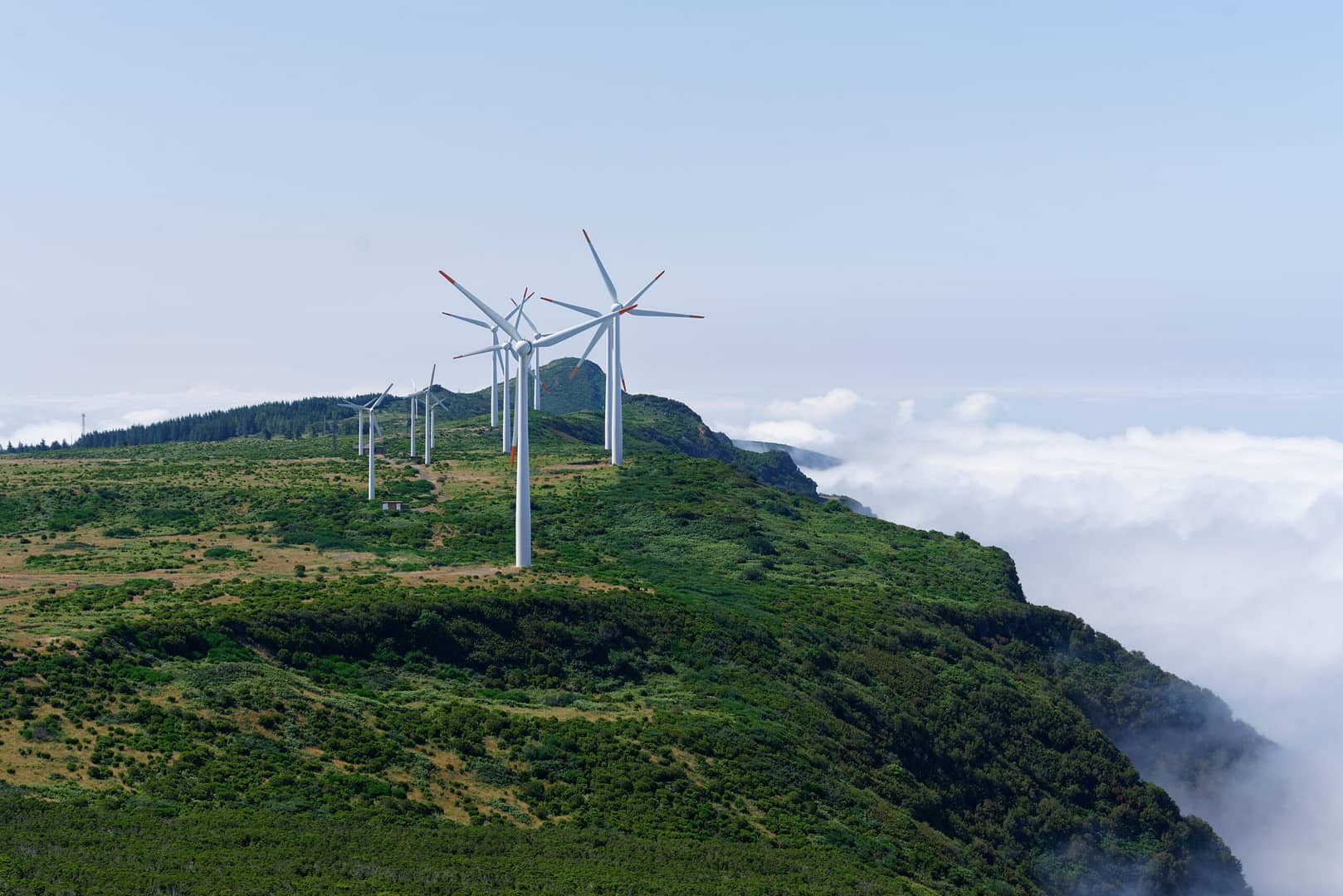Indonesia, as an archipelagic country with more than 17,000 islands, holds vast potential for renewable energy. One particularly promising source is wind energy. With its long coastline and diverse geographical conditions, Indonesia actually has a significant opportunity to develop wind power plants (PLTB). However, current utilization of wind energy remains limited compared to other countries that have advanced further in the development of renewable energy.
According to data from the Ministry of Energy and Mineral Resources (ESDM), Indonesia’s wind energy potential is estimated at 154.6 gigawatts (GW), consisting of 60.4 GW of onshore potential and 94.2 GW of offshore potential. Eastern Indonesia—such as Maluku, Papua, and Nusa Tenggara—accounts for around 40% of the national wind energy potential. Areas such as Sidrap and Jeneponto in South Sulawesi, Sukabumi and Garut in West Java, Lebak and Pandeglang in Banten, and Lombok in West Nusa Tenggara are examples of regions with significant wind energy potential. In addition, regions like Gunung Kidul and Bantul in Yogyakarta, as well as parts of East Nusa Tenggara and Maluku, also show potential, albeit with smaller capacities.
Despite this vast potential, the realization of wind energy in the national power system is still relatively small. As of 2024, the total installed capacity of wind power plants only reached around 152.3 MW. The two main operating PLTBs are PLTB Sidrap with a capacity of 75 MW and PLTB Jeneponto with 72 MW, both located in South Sulawesi. These projects mark significant milestones in Indonesia’s wind energy development, proving that the country is capable of building renewable energy infrastructure with strong commitment.
The Indonesian government, through PLN, has set a target to increase wind energy capacity to 5 GW by 2030 as part of the national energy transition program. This target is not only crucial for meeting the country’s growing electricity demand, but also for fulfilling Indonesia’s commitment to reduce carbon emissions, especially after ratifying the Paris Agreement. According to the National Energy General Plan (RUEN), renewable energy is projected to contribute at least 23% of the national energy mix by 2025. With such an ambitious target, wind energy is expected to play a key role and must be optimized.
However, the development of wind energy in Indonesia faces several challenges. One of the main issues is infrastructure limitations, especially in regions with high potential that are difficult to access. Developing wind power projects requires proper infrastructure such as roads, electrical grids, and logistical facilities. Without this support, the construction costs for PLTBs can be extremely high. Investment and financing issues also pose major challenges. Wind turbine technology and its supporting systems still require large capital, while financial support and interest from the private sector in Indonesia remain lower compared to conventional energy sectors.
Complex regulations and permitting processes also hinder progress. Renewable energy projects, including wind energy, still require lengthy approval processes involving many institutions. This often discourages investors from entering the sector. Another challenge is the availability of accurate wind data. Wind energy is highly dependent on consistent wind patterns and speeds. Unfortunately, meteorological data in Indonesia—especially in high-potential regions—remains limited, making it difficult to plan and operate PLTBs effectively.
The lack of human resources (HR) capacity in the wind energy sector is another concern. Indonesia still needs more professionals capable of designing, building, and operating PLTBs efficiently. Without adequate human resources, the development of wind energy cannot be carried out sustainably.
Despite these challenges, the opportunities for wind energy development in Indonesia remain vast. One of the key steps needed is to boost investment in the sector. The government can accelerate project realization by offering fiscal incentives, simplifying permitting, and creating attractive financing schemes for investors, including strengthening the feed-in tariff system or renewable energy auction mechanisms. Additionally, infrastructure development in potential regions must be prioritized to reduce construction costs and accelerate electricity access in remote areas.
In terms of human resource development, the government and universities should offer specialized training programs in renewable energy, particularly in wind energy. By preparing a skilled young generation in this field, Indonesia can speed up the adoption of wind energy technology. Just as important is the need to strengthen international collaboration, including technology transfer, joint research, and funding for PLTB projects.
The use of digital technologies such as Internet of Things (IoT)-based monitoring systems or artificial intelligence (AI) to analyze wind patterns could also be a solution to improve the efficiency and reliability of PLTBs in Indonesia. These technologies enable more adaptive wind energy management, especially in the face of Indonesia’s dynamic weather conditions.
Considering these opportunities and challenges, I believe that wind energy has a bright future in Indonesia. With strong government commitment, investor support, skilled human resources, and technological innovation, wind energy can significantly contribute to national energy security and carbon emission reduction. The development of wind energy is not only about meeting electricity needs but also about building a more sustainable and environmentally friendly future for Indonesia.
In short, wind energy in Indonesia is an untapped treasure. If managed properly, it could become a key driver of clean energy transformation in the country while delivering significant social and economic benefits to its people.

